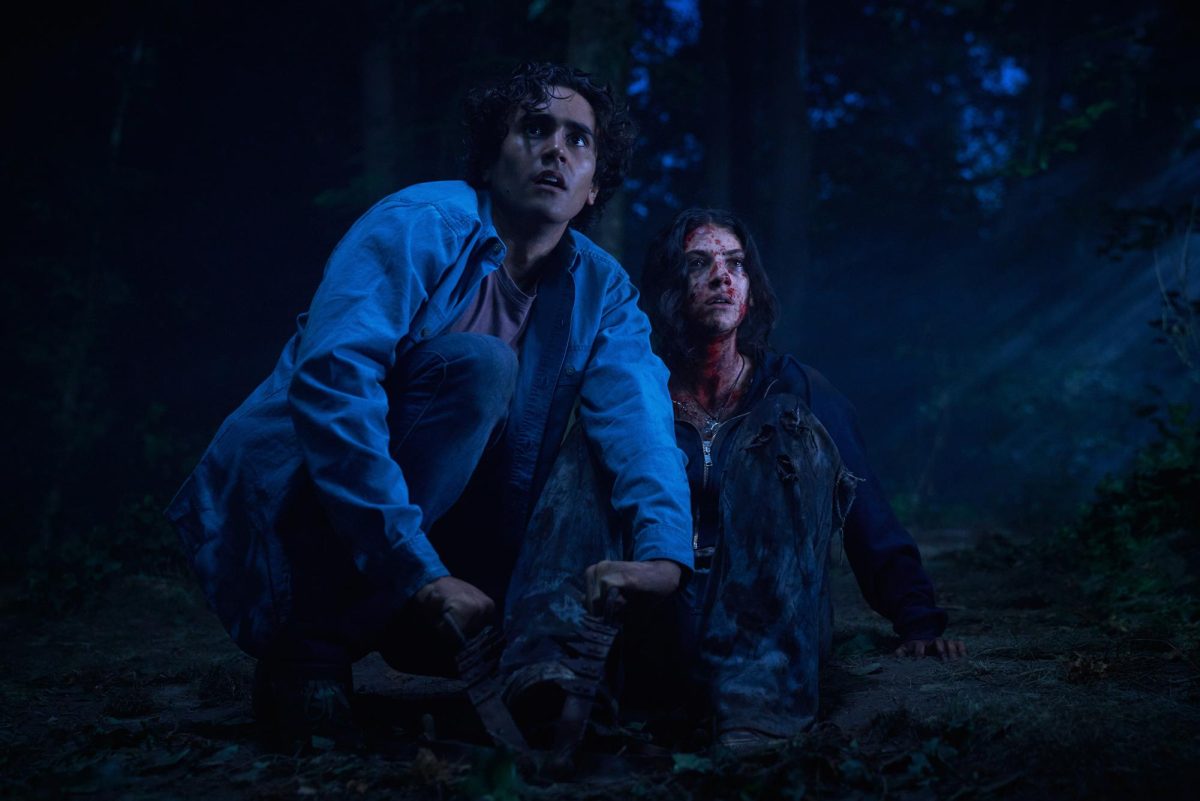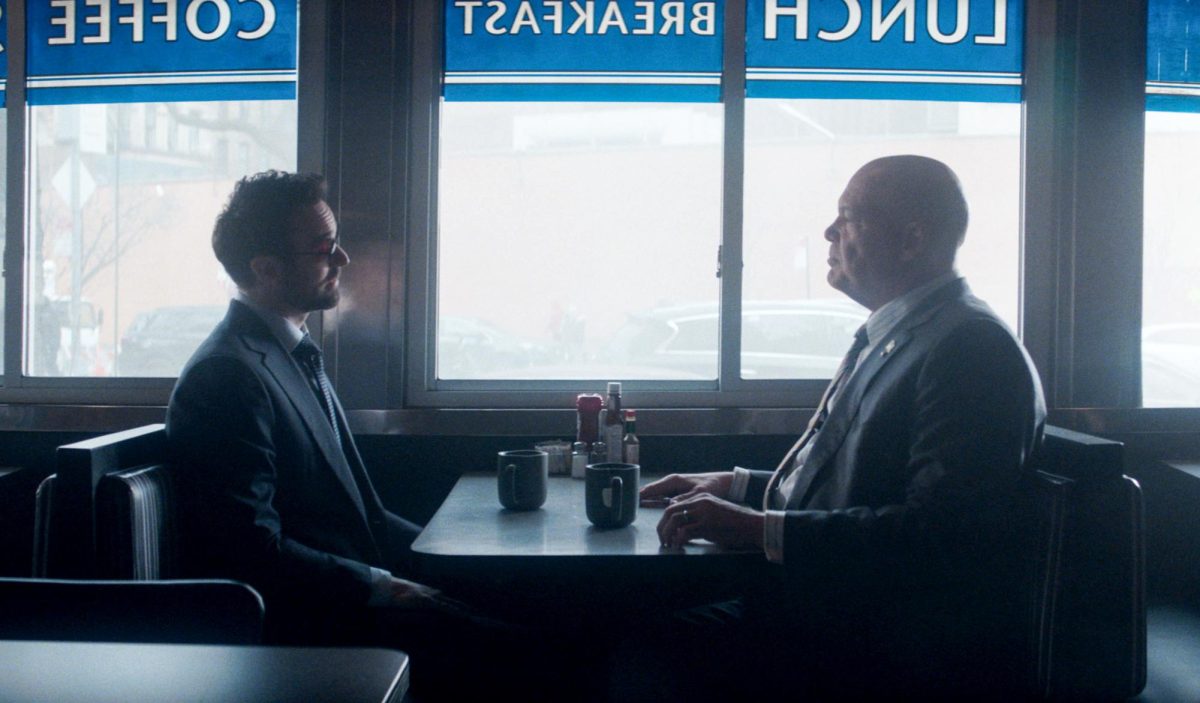One summer in her adolescence, teenage Joe (Stacy Martin) and her mischievous friend B (Sophie Kennedy Clark) decide to sneak onto a train to nowhere in particular and play a very peculiar game. The rules: Whoever has sex with the most men before their final destination wins a bag of chocolate. Clad in a candy-striped crop top and red leather shorts, the doe-eyed Joe shuffles from one compartment to the next, determined to lure willing strangers off to do the unspeakable in the train’s lavatory.
Written and directed by Lars von Trier, “Nymphomaniac: Volume I” chronicles the childhood to young adulthood of sex-driven Joe, who maintains an intricate web of lovers with startling detachment. At the film’s opening, a kindly bachelor, Seligman (Stellan Skarsgard), finds middle-aged Joe (Charlotte Gainsbourg) for reasons unknown, bleeding and bruised in an alleyway. When she refuses medical attention, he brings her to his home for a cup of tea and listens with patient attention as she recounts what she deems her morally reprehensible past. Contrarily, Seligman is fascinated by Joe’s sexual explorations, even justifying her actions by making comparisons to his own interests in fly-fishing, classical music and the Fibonacci Sequence.
Von Trier weaves dramatized references into Joe’s flashbacks in order to connect them to Seligman’s musings and combines otherwise straight-forward visuals with letters and numbers to create a surprisingly humorous effect. In one scene, Joe loses her virginity to her first love, Jerome (Shia LaBeouf), in what she believes to be a humiliatingly underwhelming number of thrusts — 3 + 2.
However, Seligman finds interest in the numbers’ correlation to the Fibonacci Sequence, a numerical pattern found in the spirals of a seashell or in the blueprints of ancient architecture. This juxtaposing content is both amusing and enlightening. Instead of focusing on the societal taboo of Joe’s nymphomania, von Trier’s narrative seeks to rationalize it in accordance to the tendencies of art and nature, encouraging the audience to form unlikely sympathy for and understanding of Joe’s lonely, systematic lifestyle that has been fueled by her insatiable sex drive.
Martin and Gainsbourg’s performances are intentionally cold, though in the often riotous context of the film’s events are consequently mesmerizing. Joe’s uncanny composure in spite of the destruction she causes to others creates a sense of captivating disbelief; however, the audience will soon realize that von Trier’s film is less about moral judgement and more about perpetual longing.
Uma Thurman delivers a contrastingly powerful performance as the bitterly crazed Mrs. H, who arrives at Joe’s doorstep with her three traumatized children in tow when her husband foolishly abandons their family for his mistress. Her accusatory sit-in is darkly comedic, especially when Thurman asks her children to commit to memory “daddy’s favorite place,” or what she dubs, “the whoring bed” in order to better serve them in therapy. Thurman’s maddened disposition is cruelly realistic and deserves special praise for its sheer force. This emotionally visceral scene provides balancing contrast to the film’s more quietly reflective tone.
In this first installment of “Nymphomaniac,” von Trier piques the audience’s curiosity with Joe’s many-layered recollection, leaving viewers with the promise of an enticingly more provocative second act.
















